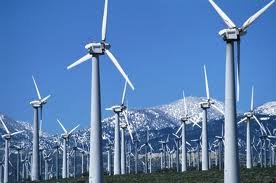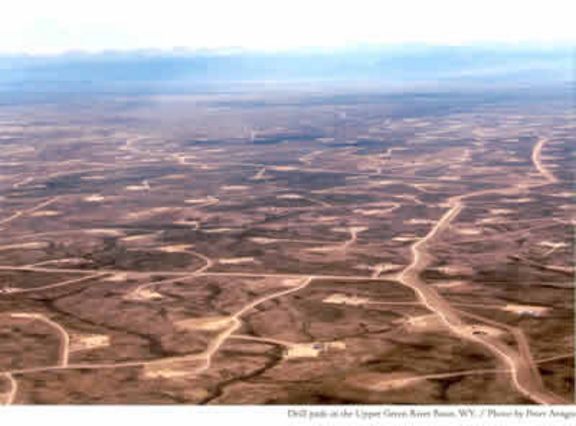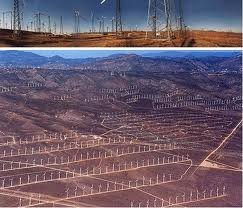I agree that coyote control is not effective.
Lions, whole different deal. They don't prey primarily on rodents.
Agreed. We know we can severely impact lion populations. Same with bears & wolves. Completely different set of critters with completely different biology.
But again, if we're not looking at the whole picture, we're only addressing symptoms, not the disease, so to speak.








